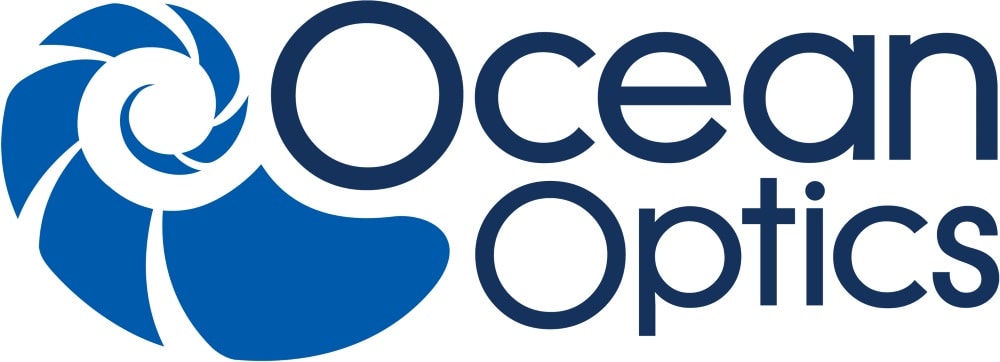
By Corby Hilliard and Chris English
• Rugged enough to withstand repeated aqueous injections.
• Maintains symmetrical peaks even after 600 water injections.
• Ultra-low bleed allows for accurate detection down to 0.5 ng of glycols.
Introduction
From airplane and runway deicing to hydraulic fracturing operations, glycols are common chemicals used in industry, and as a result, chemical and environmental laboratories often test samples for their presence. However, the most frequently used sample introduction technique—direct aqueous injection—puts a significant demand on the analytical column and injection port liner. The columns best suited for water injections employ polyethylene glycol (PEG) stationary phases. PEG phases offer a unique selectivity, and their polar nature is compatible with an aqueous injection. An evaluation of ethylene glycol (EG) and propylene glycol (PG) response on PEG columns from a variety of vendors was conducted under optimized conditions and is presented here.
Benchmarking
Three different columns were evaluated in this study for linearity, lifetime, and bleed using split injection under the conditions shown in the chromatograms. The optimized split injection method employed here is further detailed in application note EVAN2873, which is available at www.restek.com.





